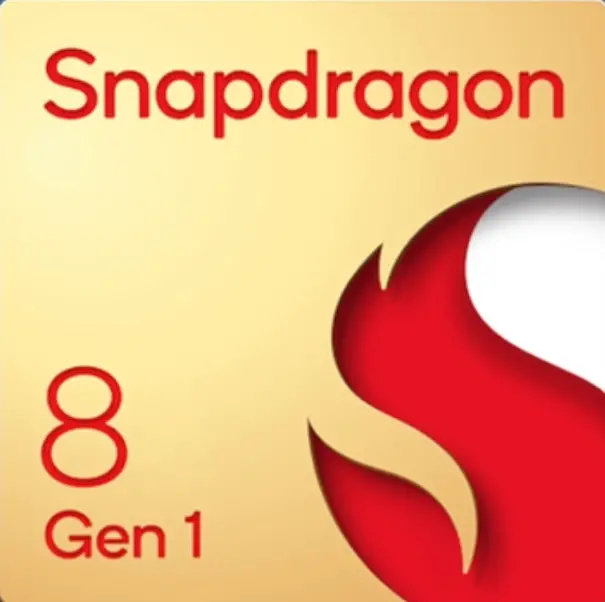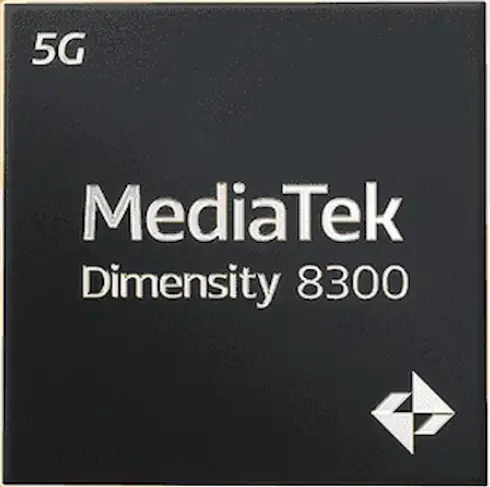Qualcomm Snapdragon 8 Gen 1 vs MediaTek Dimensity 8300
We’ve put together a comprehensive comparison of the newly released Snapdragon 8 Gen 1 and Dimensity 8300 SoCs, brought to you by Qualcomm and Mediatek respectively. This analysis breaks down the pros and cons of these 8-core CPUs, evaluated through their Geekbench, Antutu, and 3DMark scores, along with their technical details.
Review
CPU Performance
Evaluation of Single-Core and
Multi-Core Processor Performance
Gaming Performance
Gaming and OpenCL/Vulkan
Performance of the Graphics Processing Unit (GPU)
Battery life
Energy Efficiency in Battery Usage
Tech Insist Score
Overall Performance Rating of the
Chip
Key Differences
Pros of Snapdragon 8 Gen 1
- Snapdragon 8 Gen 1 has -42.86% higher GPU clock speed than Dimensity 8300 (800 vs 1400 MHz).
Pros of Dimensity 8300
- Dimensity 8300 has 11.67 % higher CPU clock speed than Snapdragon 8 Gen 1 ( 3350 vs 3000 MHz).
- Dimensity 8300 has 33.31 % higher memory frequency than Snapdragon 8 Gen 1 ( 4266 vs 3200 MHz).
- Dimensity 8300 has 35.43 % better AnTuTu 9 score than Snapdragon 8 Gen 1 ( 1404 K vs 1037 K).
- Dimensity 8300 Support 33.20 % higher memory bandwidth than Snapdragon 8 Gen 1 ( 68.2 vs 51.2 GB/s).
Benchmarks
Evaluating performance through competitive testing in leading benchmarks.AnTuTu 10
| CPU | 249768 | 282796 |
| GPU | 448381 | 542690 |
| Memory | 172528 | 328720 |
| UX | 166045 | 249840 |
| Total score | 1036722 | 1404046 |
GeekBench 6
Single-Core Score
Multi-Core Score
3DMark
3DMark Wild Life Performance
| Stability | 88% | - |
| Graphics test | 54 FPS | - |
| Score | 9041 | - |
Specifications
Full list of technical specifications of Snapdragon 8 Gen 1 and Dimensity 9300CPU
| Architecture | 1x 3 GHz Cortex-X2,3x 2.5 GHz Cortex-A710 4x 1.8 GHz Cortex-A510 |
1x 3.35 GHz – Cortex-A715 3x 3.2 GHz – Cortex-A715 4x 2.2 GHz – Cortex-A510 |
| Cores | 8 | 8 |
| Base Frequency | 1800MHz | 2200MHz |
| Turbo Frequency | 3000MHz | 3350MHz |
| Instruction set | ARMv9-A | ARMv9-A |
| L2 cache | - | - |
| L2 cache | 1 MB | - |
| L3 cache | 4 MB | 4 MB |
| Process | 4 nanometers | 4 nanometers |
| Transistor count | - | - |
| TDP (Sustained Power Limit) | - | - |
Graphics
| GPU name | Adreno 730 | Mali-G615 MP6 |
| Architecture | Adreno 700 | Valhall 4rd gen |
| GPU frequency | 800 MHz | 1400 MHz |
| Pipelines | 3 | 6 |
| Shading units | 768 | - |
| Total shaders | 1536 | - |
| FLOPS | - | - |
| Vulkan version | 1.1 | 1.3 |
| OpenCL version | 2 | 2.0 |
| DirectX version | 12 | - |
AI Accelerator
| Neural processor (NPU) | Hexagon | MediaTek APU 780 |
Memory
| Memory type | LPDDR5 | LPDDR5X |
| Memory frequency | 3200 MHz | 4266 MHz |
| Bus | - | - |
| Max bandwidth | 51.2 Gbit/s | 68.2 Gbit/s |
| Max size | 24 GB | 24 GB |
Multimedia (ISP)
| Storage type | UFS 3.1 | UFS 4.0 |
| Max display resolution | 3840 x 2160 | 2960 x 1440 |
| Max camera resolution | 1x 200MP, 2x 64MP | 1x 320MP |
| Video capture | 8K at 30FPS, 4K at 120FPS | 4K at 60FPS |
| Video playback | 8K at 30FPS, 4K at 120FPS | 4K at 60FPS |
| Video codecs | H.264, H.265, VP8, VP9 | H.264, H.265, AV1, VP9 |
| Audio codecs | AAC, AIFF, CAF, MP3, MP4, WAV | AAC LC, MP3, HE-AACv1, HE-AACv2, FLAC |
Connectivity
| Modem | Snapdragon X65 | - |
| 4G support | LTE Cat. 24 | - |
| 5G support | Yes | Yes |
| Download speed 5G | Up to 10240 Mbps | Up to 7900 Mbps |
| Download speed 4G | Up to 2560 Mbps | - |
| Upload speed 5G | Up to 3072 Mbps | Up to 4200 Mbps |
| Upload speed 4G | Up to 316 Mbps | - |
| Wi-Fi | 6 | 6 |
| Bluetooth | 5.2 | 5.4 |
| Navigation | GPS, GLONASS, Beidou, Galileo, QZSS, SBAS, NAVIC | GPS, GLONASS, Beidou, Galileo, QZSS, NAVIC |
Info
| Announced | December 2021 | November 2023 |
| Class | Flagship | Flagship |
| Model number | SM8450 | - |
| Official page | Snapdragon 8 Gen 1 official site | Dimensity 8300 official site |

